We caged them—and some never came back. Zoos, private collectors, roadside attractions—captivity has claimed more wild species than most people realize. Behind every “cute exhibit” is a story, and not all of them have happy endings. Some animals just couldn’t adapt. Others lost their natural instincts, their ability to survive in the wild erased by steel bars and artificial lighting. But it’s not all tragedy. There are still fighters out there. Species clinging to hope, conservationists racing against the clock, and stories of survival that might just turn the tide. Let’s meet the ones we’ve lost… and the ones that might still make it.
Passenger Pigeon

Once numbering in the billions, the passenger pigeon was a marvel of the skies. Unfortunately, relentless hunting led to its extinction by the early 20th century. These birds were known for their synchronized flights, painting the sky with their vast numbers. Their disappearance serves as a stark reminder of the impact of unchecked human activity. Today, they symbolize the need for sustainable practices. Despite their fate, they continue to inspire conservation efforts worldwide. Their story is a testament to the importance of protecting wildlife before it is too late.
Thylacine
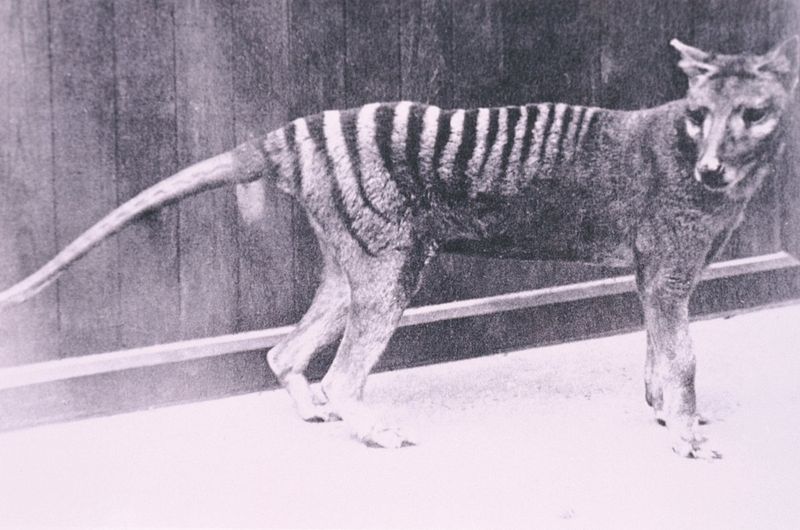
The enigmatic thylacine, or Tasmanian tiger, once roamed the wilds of Tasmania. With a striking appearance and elusive nature, it captured the imagination of many. Tragically, the species was declared extinct in the 1930s due to hunting and habitat loss. Known for its wolf-like head and tiger-like stripes, it was a symbol of Australia’s unique wildlife. Some believe thylacines might still exist in remote areas, sparking hope and intrigue. Their tale underscores the fragile relationship between humans and nature, emphasizing the need for vigilant conservation efforts.
Caribbean Monk Seal
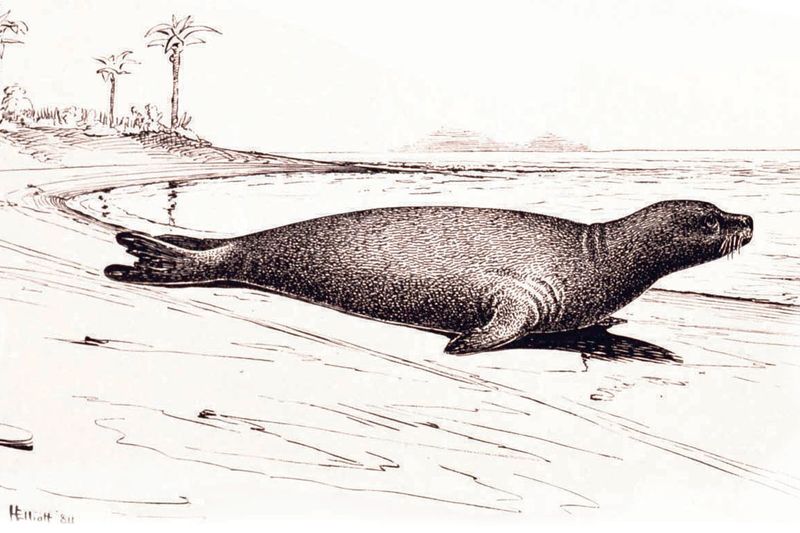
The Caribbean monk seal was a gentle creature of the tropical seas. Once common throughout the Caribbean, they were hunted to extinction for their oil and blubber. By the 1950s, they were officially declared extinct. Their story is a cautionary tale of overexploitation and habitat destruction. As the only seal species native to the Caribbean, their loss has left a void in the ocean’s ecosystem. Their plight serves as a warning for other marine species, highlighting the critical need for marine conservation and sustainable ocean practices.
Yangtze River Dolphin
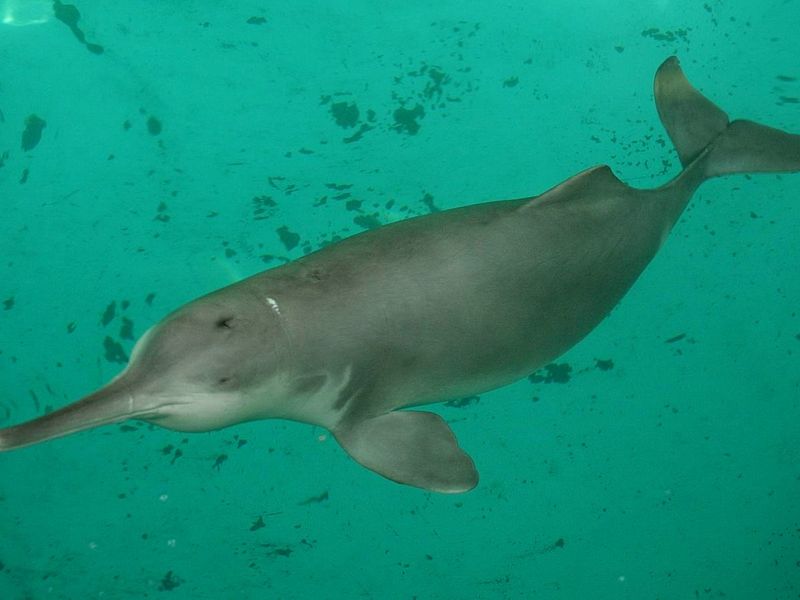
The Yangtze River dolphin, or baiji, was once a revered resident of China’s longest river. Known for its gentle demeanor, it was called the “goddess of the Yangtze.” Rapid industrialization and pollution led to its decline, with the last confirmed sighting in the early 2000s. Though declared functionally extinct, some hold hope for its rediscovery. The baiji’s story is a poignant reminder of the cost of economic progress on biodiversity. It highlights the urgent need for environmental protection and sustainable development practices in river ecosystems.
Aurochs
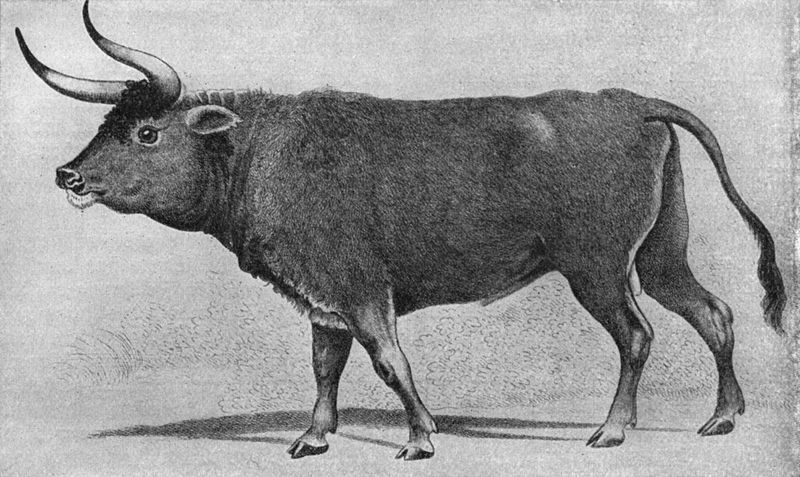
Aurochs, the mighty ancestors of domestic cattle, once roamed across Europe and Asia. Known for their massive size and strength, they played a significant role in ancient ecosystems. Overhunting and habitat loss led to their extinction in the 1600s. Efforts to resurrect them through breeding programs are ongoing, capturing the imagination of conservationists. The aurochs’ legacy lives on in modern cattle breeds, serving as a genetic link to the past. Their story is a fascinating chapter in the history of human-animal interaction and the complexities of conservation.
Great Auk

The great auk, a flightless bird once abundant in the North Atlantic, met its demise due to overhunting in the 19th century. These penguin-like birds were easy targets for hunters, valued for their feathers, meat, and oil. As their numbers dwindled, they became a symbol of human greed. The last known pair was killed on an island off Iceland in 1844. Their extinction has spurred awareness and protective measures for other vulnerable bird species. The great auk’s legacy serves as a stark lesson in the consequences of unsustainable exploitation.
Quagga

The quagga, a subspecies of the plains zebra, was unique with its half-striped body. Native to South Africa, it was driven to extinction by the late 19th century due to excessive hunting. Efforts to bring back the quagga through selective breeding have seen some success, sparking hope for revival. The quagga’s tale highlights the impact of human expansion on wildlife. It serves as an inspiration for modern conservation initiatives aimed at restoring lost species. Their story is a blend of loss and resilience, reflecting the ongoing journey of wildlife preservation.
Steller’s Sea Cow
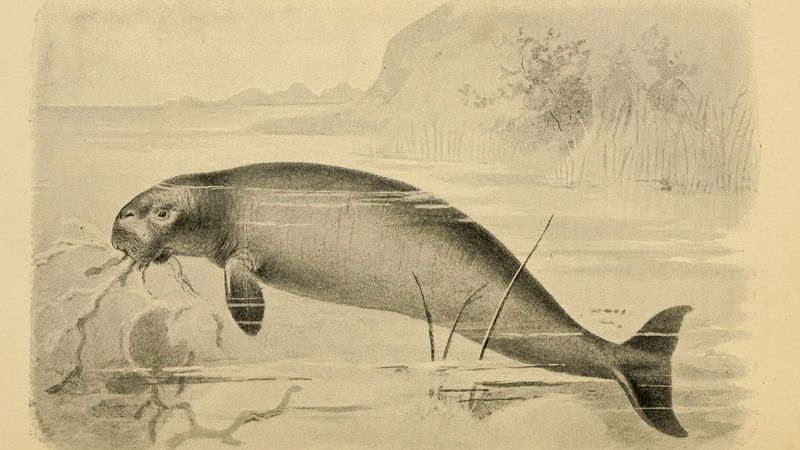
Steller’s sea cow, a massive marine herbivore, was discovered in the 18th century and hunted to extinction within 27 years. Known for its gentle nature and slow movement, it was an easy target for hunters. These creatures once thrived in the Commander Islands’ waters, serving as a vital part of the marine ecosystem. Their extinction is a somber reminder of the consequences of overexploitation. Efforts to protect remaining marine mammals continue, driven by the lessons learned from Steller’s sea cow’s untimely demise.
Western Black Rhinoceros
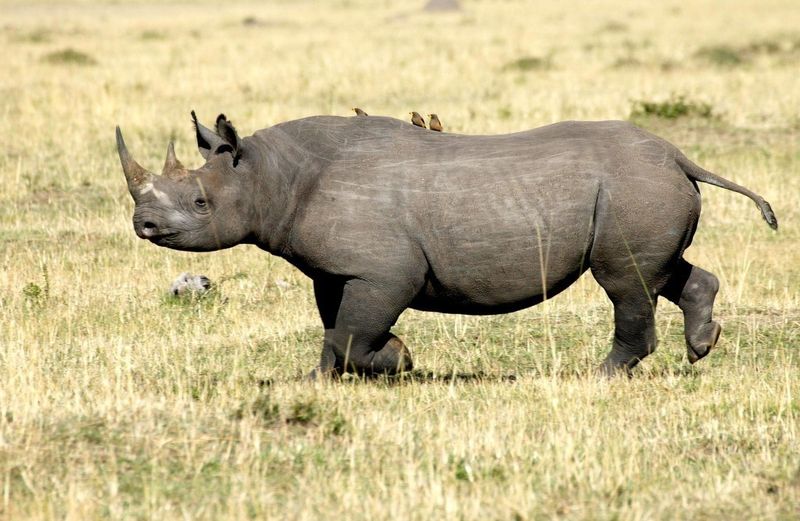
The Western black rhinoceros was a majestic symbol of Africa’s wildlife heritage. Despite conservation efforts, poaching for their horns led to their extinction in the early 21st century. These rhinos were known for their robust build and unique lip shape. Their tragic fate highlights the devastating impact of illegal wildlife trade. Efforts to protect other rhino species are ongoing, fueled by their story. The Western black rhino’s extinction serves as a call to action for stronger anti-poaching measures and wildlife protection policies worldwide.
Ivory-Billed Woodpecker
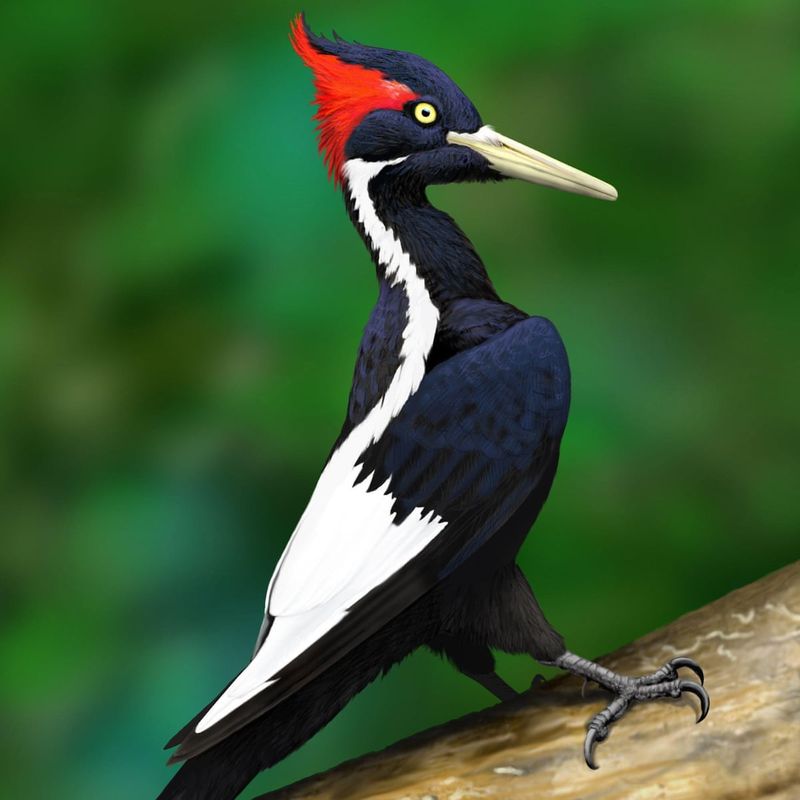
The ivory-billed woodpecker, once known as the “Lord God Bird,” was a symbol of the Southern United States’ rich biodiversity. With its striking appearance and elusive nature, it captivated bird enthusiasts. Habitat destruction and logging led to its decline, with rare sightings in the 20th century. Although considered extinct, some hold hope for its existence. Efforts to preserve its habitat continue, driven by the allure of rediscovery. The ivory-billed woodpecker’s story is a testament to the delicate balance between progress and preservation in forest ecosystems.
Amur Leopard

The Amur leopard, a pinnacle of feline grace, navigates the icy terrains of the Russian Far East. Critically endangered, it faces threats from habitat loss and poaching. Conservationists strive to protect this elusive cat, with efforts showing signs of hope as populations slowly recover. Known for its stunning coat and adaptability to cold climates, the Amur leopard is a living symbol of resilience. Its story underscores the importance of sustained conservation initiatives. By safeguarding its habitat, there is a fighting chance for future generations to witness its beauty firsthand.
Mountain Gorilla
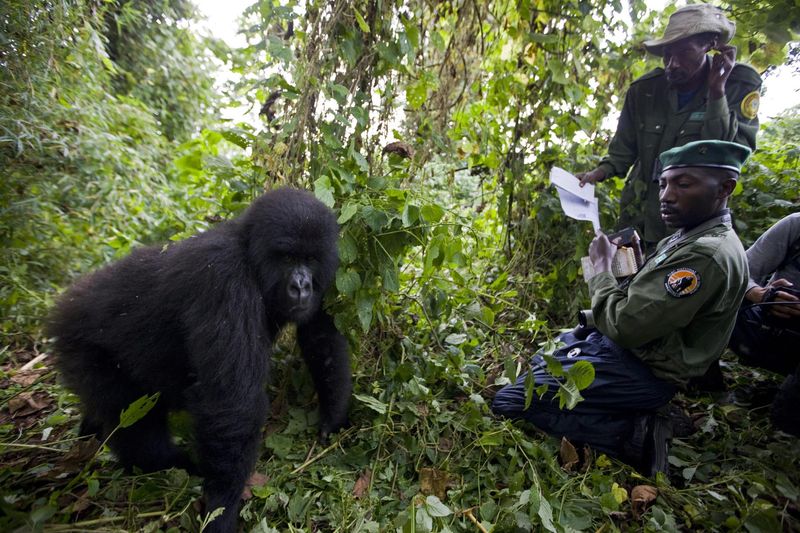
With their deep, soulful eyes and expressive faces, mountain gorillas have a special place in the hearts of many. Found in the Virunga Mountains, these gentle giants are critically endangered due to habitat destruction and poaching. Thanks to dedicated conservation efforts, their numbers are slowly increasing. The story of the mountain gorilla is one of hope and determination. Through community engagement and habitat protection, these magnificent creatures have a fighting chance. Their journey reminds us of the power of human commitment to preserving our natural world.
Vaquita

The vaquita, a small porpoise, resides in the Gulf of California’s warm waters. Tragically, it is on the brink of extinction, with less than 10 individuals believed to remain. The vaquita’s plight is due to illegal fishing practices and habitat degradation. Despite the grim outlook, conservationists work tirelessly to save this shy marine mammal. Their efforts include developing nets that minimize bycatch and enforcing fishing regulations. The vaquita’s story is a call to action for marine conservation, highlighting the urgent need to protect our oceans’ delicate balance.
Hawksbill Turtle
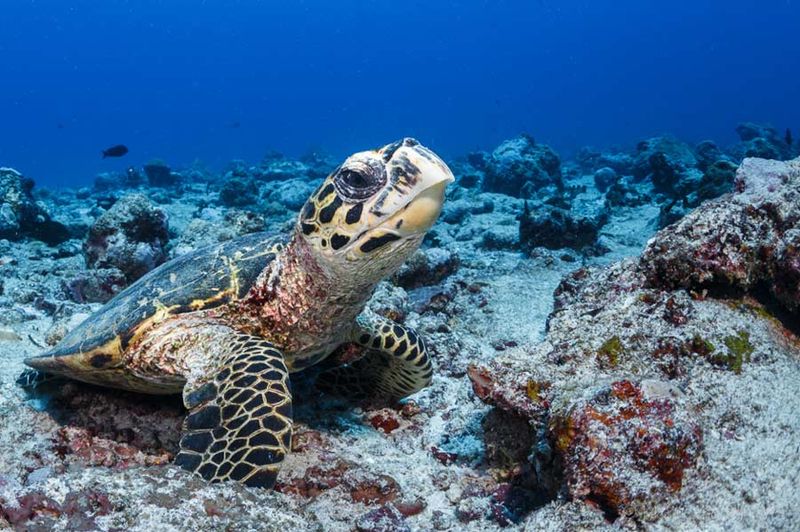
The hawksbill turtle, known for its strikingly patterned shell, is a key player in maintaining healthy coral reefs. Critically endangered, it faces threats from illegal hunting and habitat loss. Conservation efforts focus on protecting nesting sites and reducing bycatch. The hawksbill’s journey is one of resilience, with populations showing signs of stabilization in some regions. Their survival is vital for coral reef ecosystems. By raising awareness and supporting conservation measures, there is hope for the hawksbill turtle’s continued presence in our oceans, preserving their beauty for future generations.
Sumatran Elephant
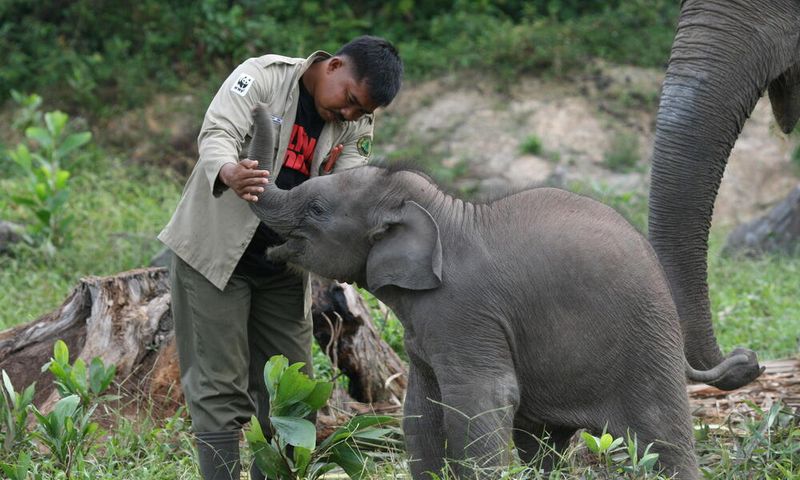
The Sumatran elephant, a gentle guardian of its forest home, is critically endangered. Habitat loss and human-wildlife conflict threaten their existence. Conservationists focus on securing habitats and promoting human-elephant coexistence. These elephants play a crucial role in maintaining forest ecosystems. Their plight highlights the delicate balance between development and conservation. By fostering community involvement and sustainable practices, there is hope for their survival. The Sumatran elephant’s story is a testament to the importance of preserving biodiversity and the intrinsic value of each unique species.
Saola

The saola, often dubbed the “Asian unicorn,” is one of the world’s rarest mammals. Discovered in the forests of Vietnam and Laos, its enigmatic presence has captured global attention. Critically endangered, the saola faces threats from habitat loss and hunting. Conservationists are racing against time to understand and protect this mysterious creature. Its story symbolizes the wonders of undiscovered wildlife and the urgent need for conservation in remote areas. The saola’s existence is a reminder of nature’s hidden treasures and the responsibility to safeguard them.
Snow Leopard
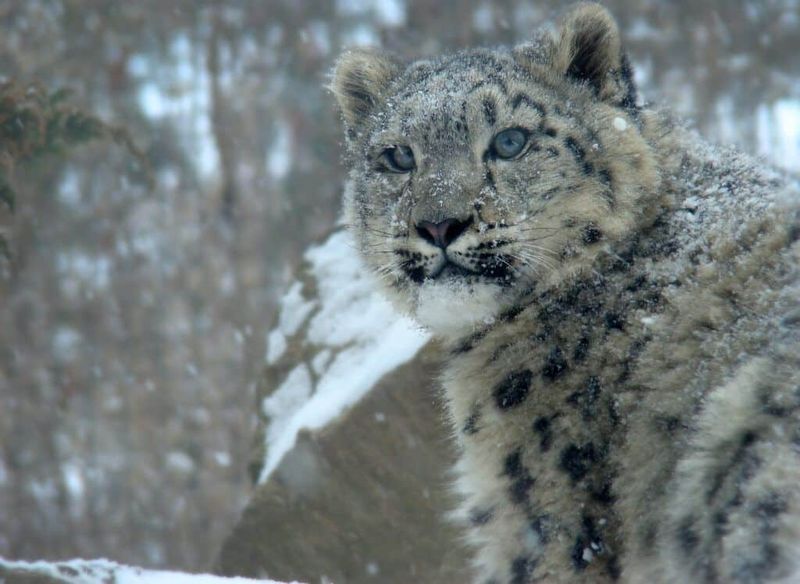
The snow leopard, a master of camouflage, inhabits the harsh mountains of Central Asia. This elusive cat is threatened by poaching and habitat loss. Conservation efforts focus on community engagement and anti-poaching initiatives. Known for its stunning beauty and adaptability to extreme environments, the snow leopard is an icon of wilderness. Its story inspires global conservation efforts, emphasizing the need for cross-border collaboration. By protecting its habitat and fostering local stewardship, there is a fighting chance for the snow leopard to thrive in its natural domain.
Javan Rhino
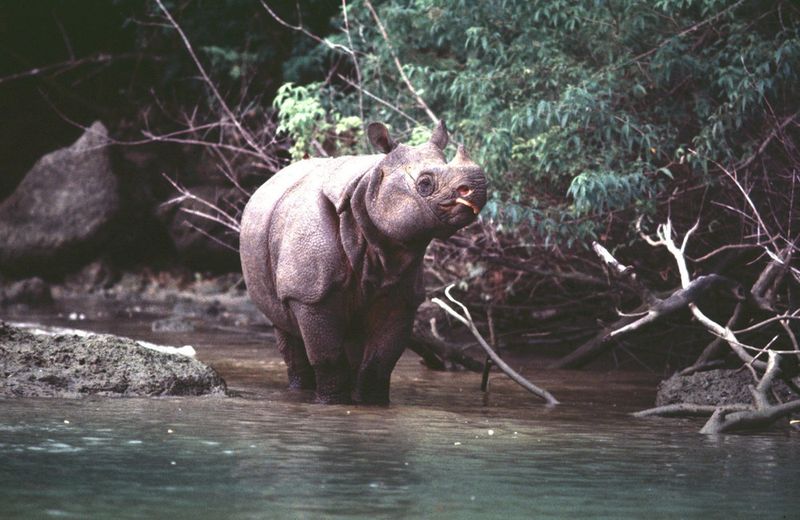
The Javan rhino, one of the world’s rarest large mammals, resides in Indonesia’s dense jungles. With only a few dozen individuals remaining, it is critically endangered. Habitat loss and poaching are the primary threats to its survival. Conservationists are dedicated to protecting their habitat and preventing poaching. The Javan rhino’s story is a testament to the challenges of preserving biodiversity in the face of human encroachment. By supporting conservation initiatives, there is hope for this magnificent creature’s continued existence. Its survival reflects the broader fight to protect vulnerable species.
Spix’s Macaw
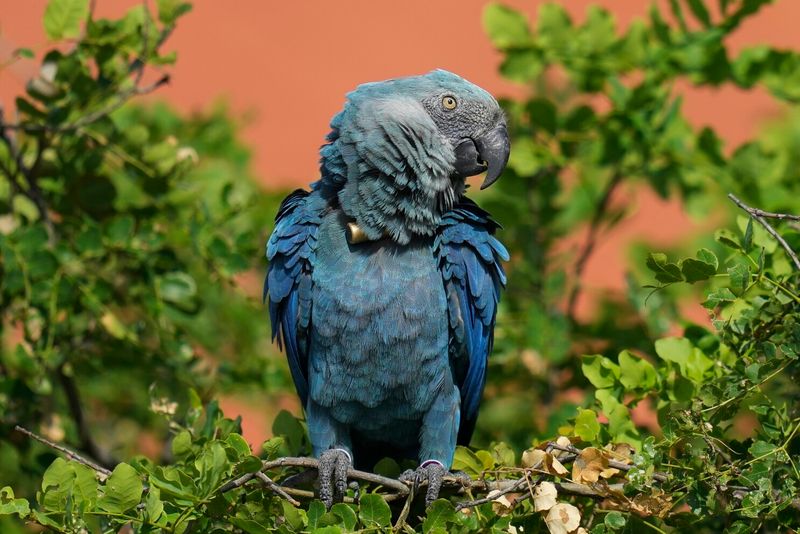
Known for its captivating blue plumage, the Spix’s Macaw had its beauty immortalized in the animated film “Rio.” With fewer than 200 individuals remaining, mainly in captivity, this bird symbolizes hope for restoration.
Efforts are underway to reintroduce it into Brazil’s wild landscapes, where it once thrived. Conservationists are optimistic, employing breeding programs and habitat restoration.
In 2018, a Spix’s Macaw was sighted in the wild for the first time in years, sparking renewed hope. Despite challenges, this species remains a beacon of resilience and the power of collective conservation efforts.

